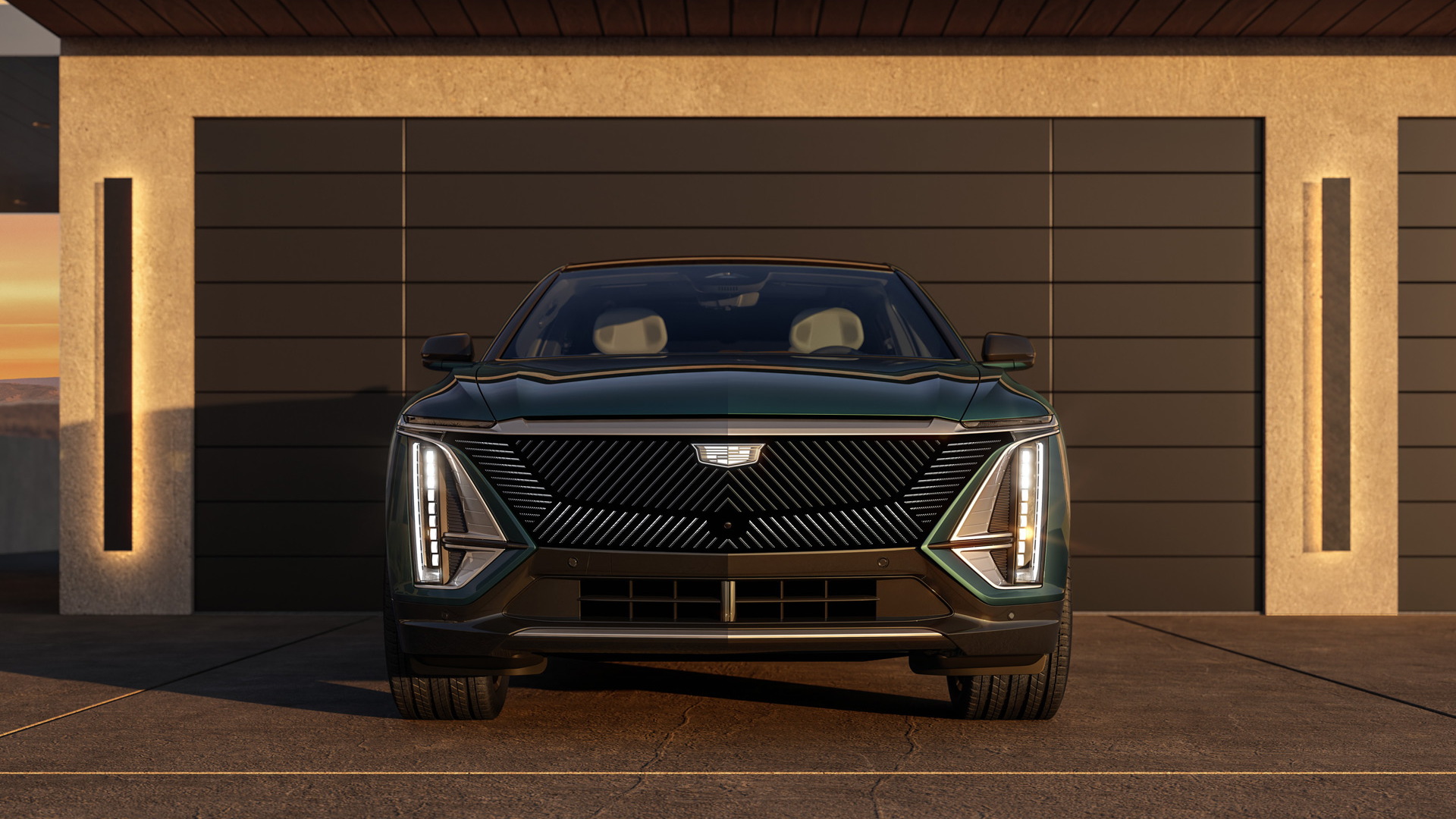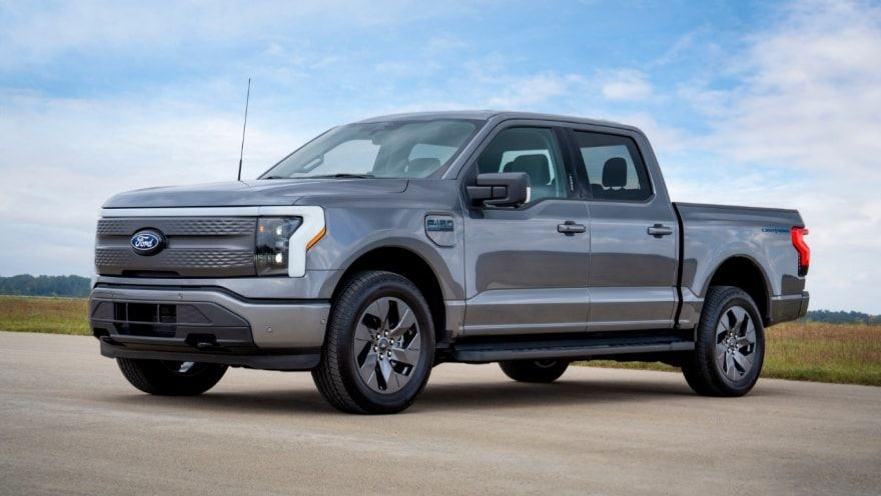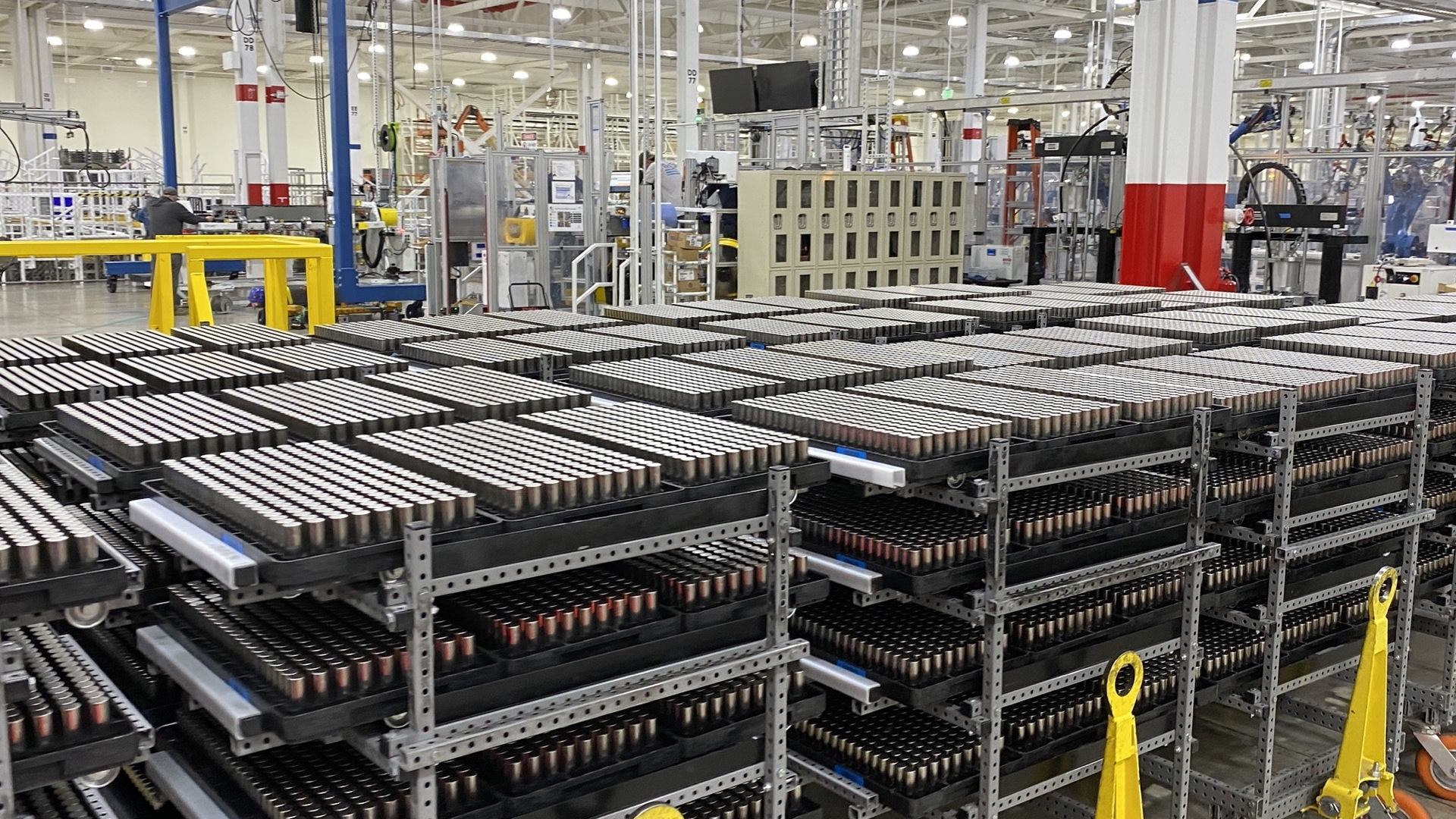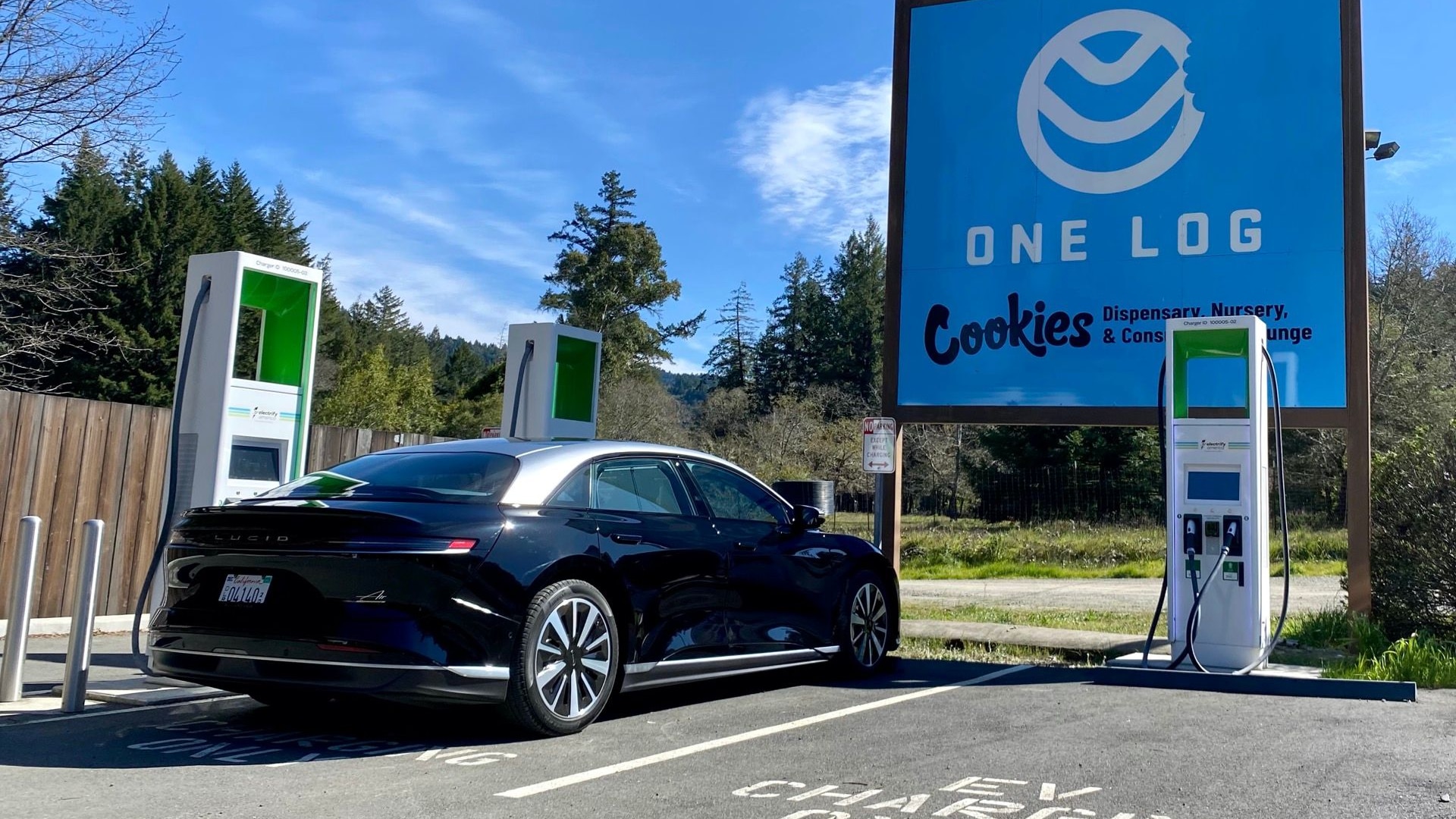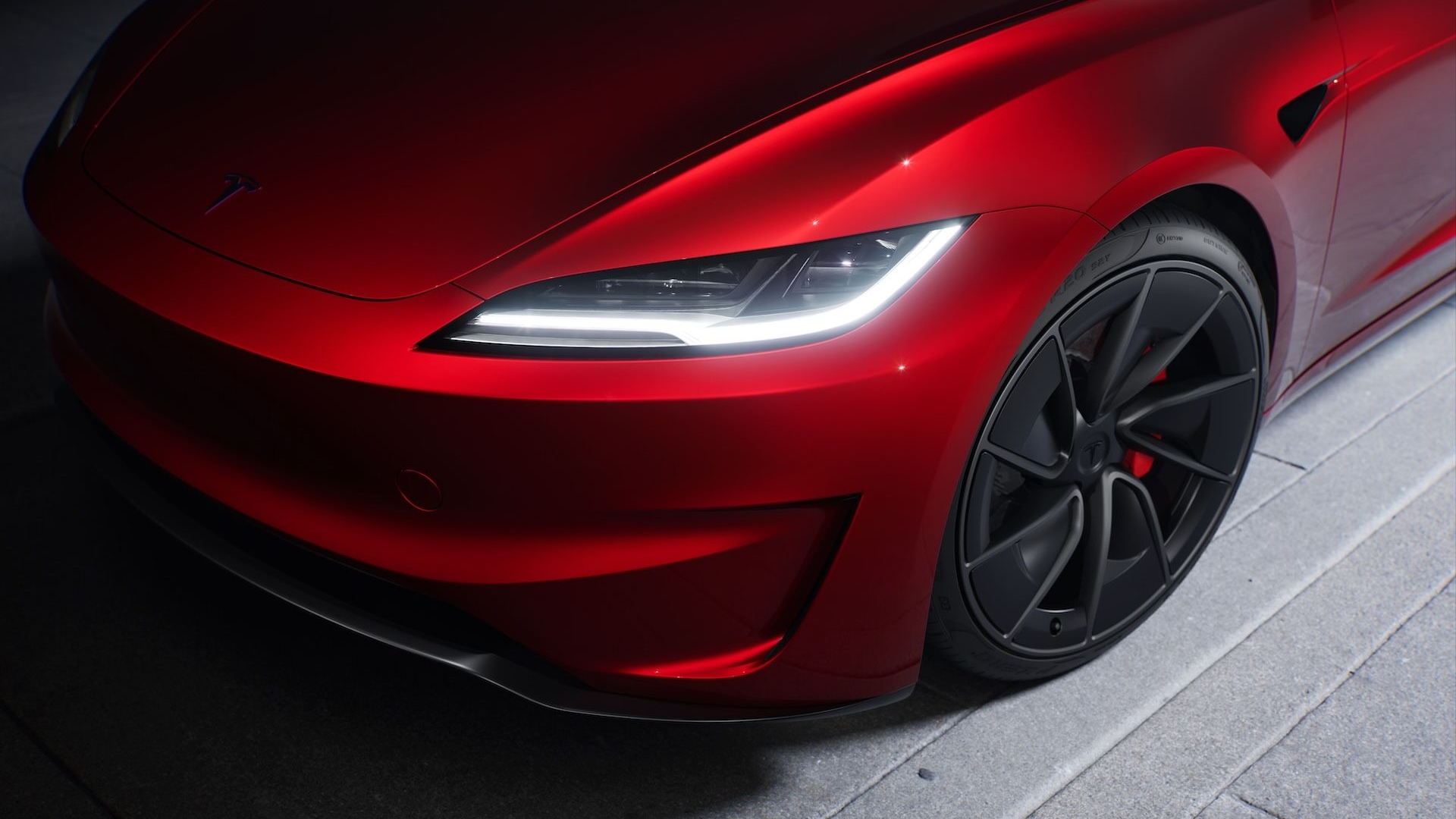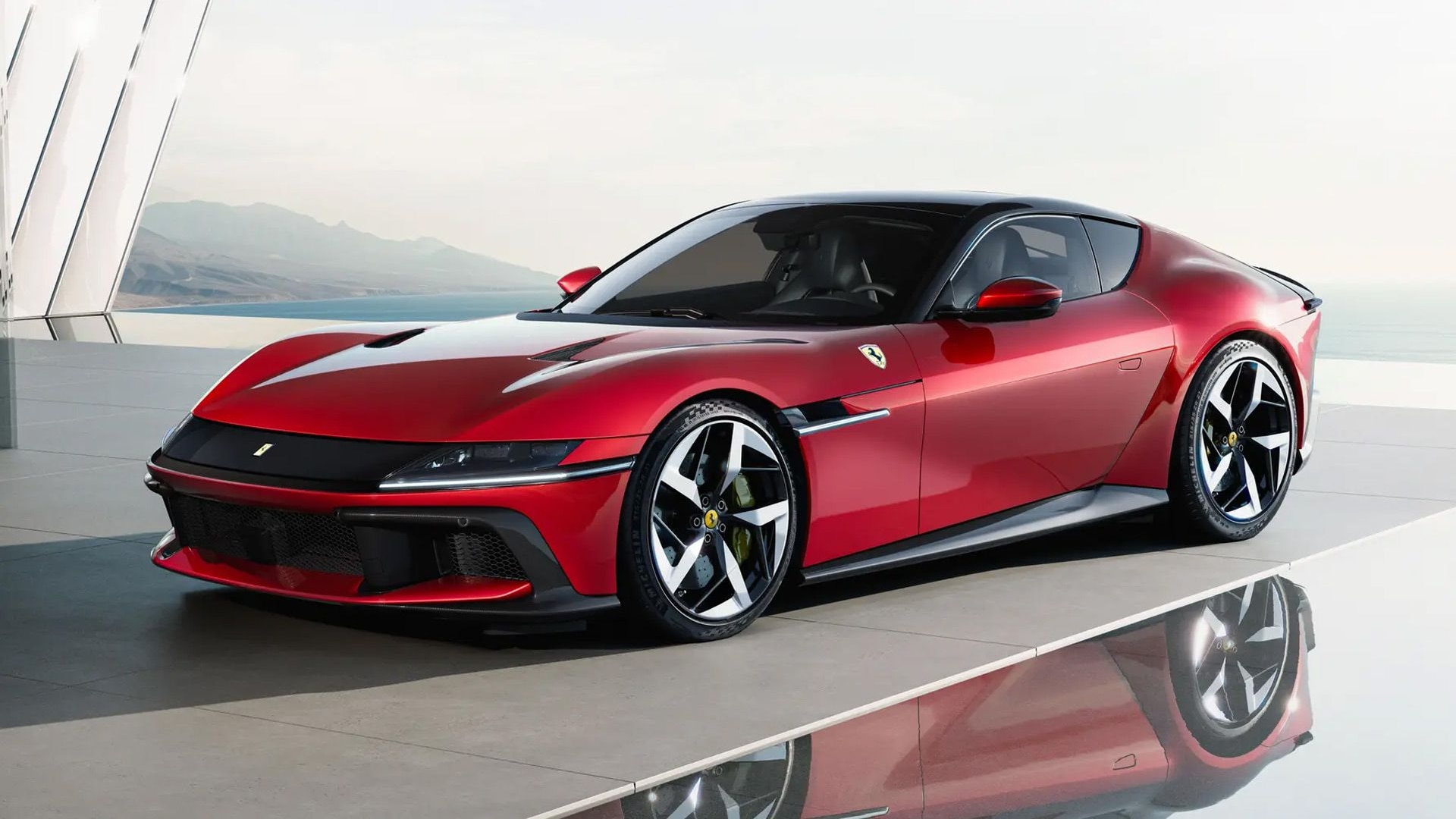Snow, rain, heat, and gloom of night may not keep U.S. Postal Service mail carriers from their rounds, but their trucks are another story.
After more than 25 years in service, the current "Long Life Vehicle" mail trucks have certainly lived up to their name, but the miles are starting to show.
DON'T MISS: FedEx Follows French Lead, Tests Hydrogen Fuel-Cell Range Extenders
With repair costs rising, the Postal Service is seeking bids for a new vehicle that will be better suited to the job and return better fuel economy.
The contract for the next-generation mail truck could be one of the most lucrative of its kind in recent memory, according to industry trade journal Automotive News (subscription required).
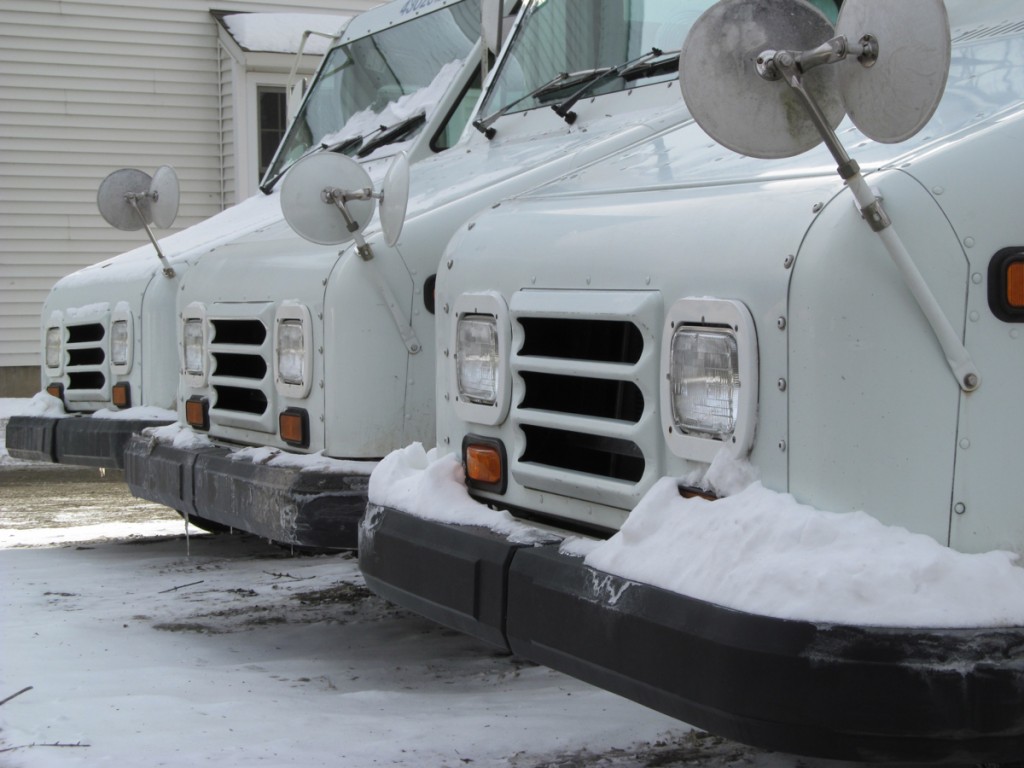
U.S. Postal Service Grumman
Specifications released to bidders on January 20 call for 180,000 new vehicles at $25,000 to $35,000 apiece--valuing the contract at $4.5 billion to $6.3 billion.
The vehicles they'll replace are becoming increasingly expensive to operate and maintain.
ALSO SEE: 2014 Ford Transit Connect Unveiled, New Compact Delivery Van
The current Long Life Vehicle was built by aircraft manufacturer Grumman, now part of Northrup Grumman.
With its boxy aluminum body and General Motors-derived chassis and four-cylinder engine, the little truck doesn't cut quite as heroic a profile as the fighter planes Grumman built before this brief foray into cars.

2015 Ram Promaster City
Exhaust systems are easily scraped on curbs, and mail falls into crevices in the cabin.
In real-world use, the vehicles often struggle to return their rated 16 mpg. The current fleet consumes as much as 154 million gallons of gasoline annually.
MORE: Driving Nissan e-NV200 All-Electric Small Commercial Van
The vehicles' age has caused other issues, like leaky windshields and malfunctioning sliding doors.
So what exactly will replace these aged public servants?
While another purpose-built vehicle isn't out of the question, it's possible an automaker will adapt an existing commercial van for mail service.
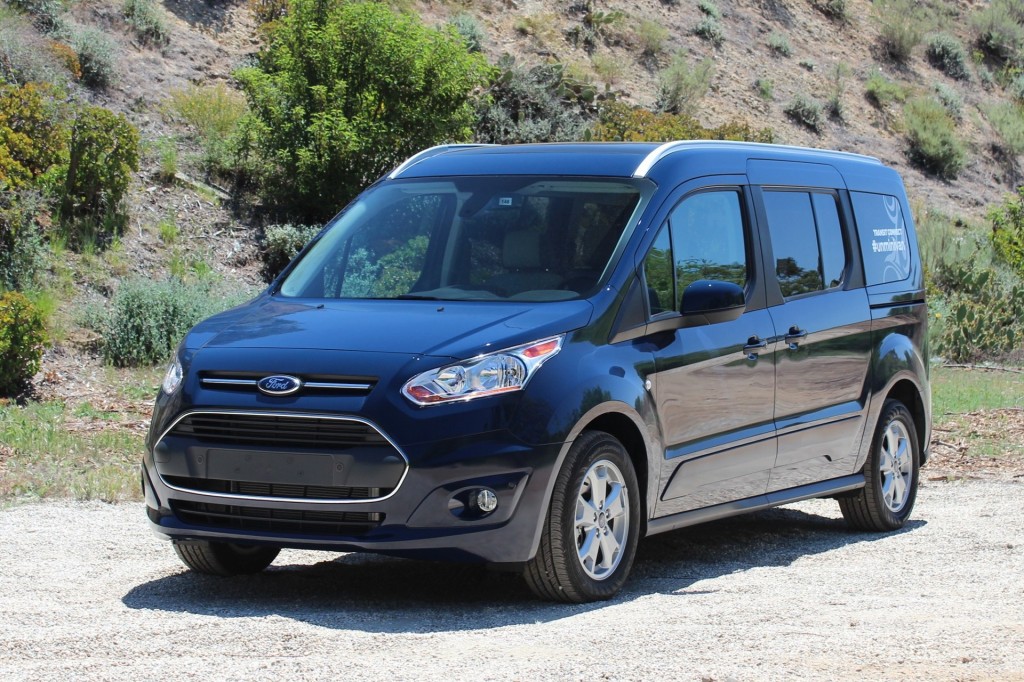
2014 Ford Transit Connect Wagon - First Drive, May 2014
Over the past decade, several carmakers have also introduced smaller vans to the U.S. market.
Models like the Ford Transit Connect, Nissan NV200, and Ram ProMaster City seem better suited to delivery duty than full-size, truck-based vans.
Nissan told Automotive News it won't bid on the contract, but other companies haven't made statements on the matter.
The Postal Service is also investigating the possibility of alternative-fuel vehicles to decrease fleet fuel consumption.

2013 Nissan NV200
Officials are also reportedly looking for more convenience features--like backup cameras--and greater cargo capacity to handle the increasing amount of packages generated by online shopping.
Like all previous postal vehicles, the new van will also have to be right-hand drive, so mail carriers can easily place items in mailboxes.
A group of bidders will be picked this summer to build prototypes, which will undergo testing in 2016.
The final contract will be awarded in 2017, with the first deliveries expected in 2018.
_______________________________________________



